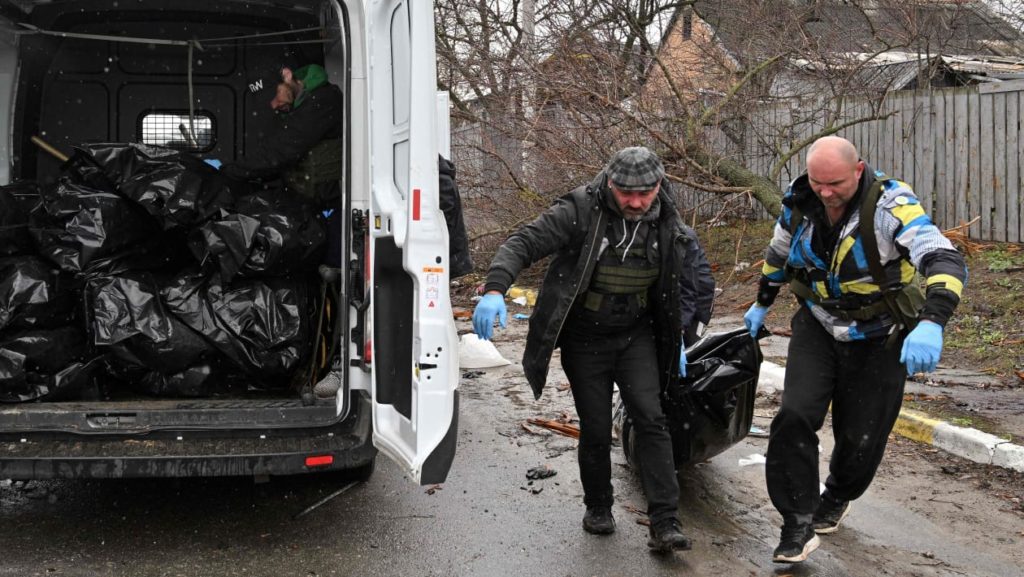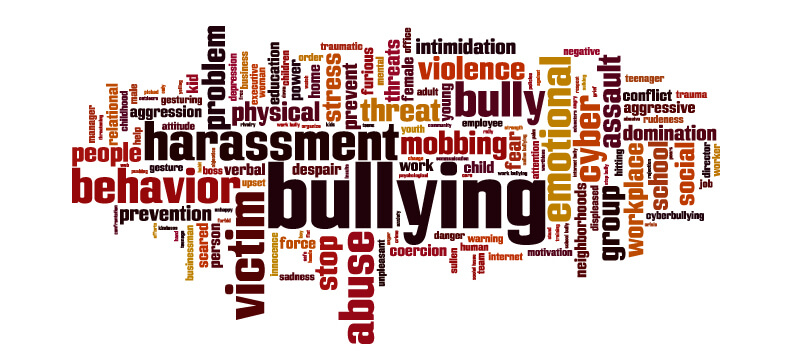by Peter B

This uncomfortable reflection on the Passion and Easter stories (received on Good Friday) is not one designed to be a popular or reassuring piece of writing. But in the very honest way it is written, it gives us pause to think afresh about what we are doing and thinking at this very solemn time in the Christian year. Perhaps there are more of the sentiments in the piece that we can identify with than we dare admit. I am struck by my thought that the story of pain and brutalisation reminds us vividly of the ghastliness of the war in Ukraine and the individual stories of suffering that are etched into the lives of abuse survivors. The writer of this piece cannot be the only individual who struggles with the story of the Passion. I have yet to see any writing on the topic of the way that the Passion of Christ may trigger serious flashbacks for members of the survivor community. Perhaps our response to Peter’s personal piece is to be more aware of the ‘destruction’ that exists in people’s lives, and which is evoked by the story of the Passion. Those of us who preach need fresh sensitivity about the way that preaching about the pain and suffering of Christ needs to be done with extraordinary care. Editor
This Easter is the first I’ve made the choice not to do anything.
No walk of witness through the town, embarrassed as I thrust tracts at harried shoppers.
No 3 hour reflective service of self-examination.
No stations of the cross.
No services and vigils 3 nights in a row.
For I have a dirty secret. Holy Week destroys me.
This destruction has been growing since I entered my teens. As the son of a Church of England preacher-man, Holy Week was an important event.
As a teenager the hardest were churches that did the heavy Good Friday service and then everyone magically brightened up and we went for a picnic. Did people not read the mood? Did they not care as tomato pips ran down their fingers that thirty minutes prior they were bowed at the suffering of Christ and now were tucking into their pork pie as if nothing had happened?
Later there were churches where Good Friday is about looking at Jesus’ agony on cross and being told over and over again that you put him there. It’s YOUR SIN that is keeping him there. I mean what am I meant to do with that except feel more awful about myself than before? I am the one who is torturing him. I deserve to die, not him.
Even worse is when the preacher is telling you to picture yourself as Jesus. You’re being beaten. They’re nailing your hands. You’re being hoisted up. You can’t breathe.
Ever wanted to scream and scream in church and run out? Felt like you’re suffocating in the service? It’s not a good feeling.
Do people not have imaginations?
In one city the churches put on an outdoor passion play. It was laid on thick – think Les Misérables for Christ – and watching it I was overwhelmed and in tears by the end. Others from my church were not understanding at all – why emotional? He had to do this, and he comes back on the Sunday so okay.
Ever been so emotionally drained after Maundy Thursday and Good Friday that on Saturday all you want to do is stay in bed and hide under the covers?
Or wandered aimlessly on Holy Saturday not knowing what to do, after the sadness of Good Friday and Easter Sunday has not come yet. What to do in that space, suspended between despair and hope?
And on Easter Sunday you have flip to the opposite because this is the MOST AMAZING day!! And I do – only to find out most have moved on because apparently in (conservative) evangelical circles Good Friday is the important one because SOMEONE DIED FOR US, while someone breaking the chains of death and coming back to life is a footnote. Nothing important to see here, move along.
I’d started thinking about pulling back in 2019, and then the last 2 enforced Easter absences were enforced by Covid. Only then, despite the strains of the pandemic, did I realise what a release it was not to go through the Passiontide again.
I felt guilty at my relief. Horrifically guilty, as if by not putting myself through the wringer I was letting God down. Wasn’t this the payment I needed to do to say thank you for saving me?
And, said a little voice in my head, wasn’t this the culmination of my backsliding?
I’ve done the Easter story at least 39 times. I know it. The suffering is part of my DNA.
Maybe many people need to relive it each year. I don’t – I’ve lived it and it’s within me now. I don’t need to re-live Jesus’ suffering every year. It’s ingrained in me. I don’t have to retraumatise myself every single year.
Me and other people’s suffering, we don’t get on. I struggle to touch anything to do with the holocaust as the weight of that evil threatens to overwhelm yet feel I must know for their memory. The Easter story, the accounts of genocide at Auschwitz, Srebrenica, Rwanda, the recent torture and executions in Bucha, the brokenness of human life – they all sit together. All make me sad, and I am heartbroken for the people involved and their loved ones.
And yet. Easter is the only one where life comes back. Jesus rises from the dead and appears to his friends and others. He gives us hope that we can be saved, death is overcome, and we too can be united with the Father. It is different.
I can be without the self-flagellation this Easter.
I love my Father and my Father loves me.








